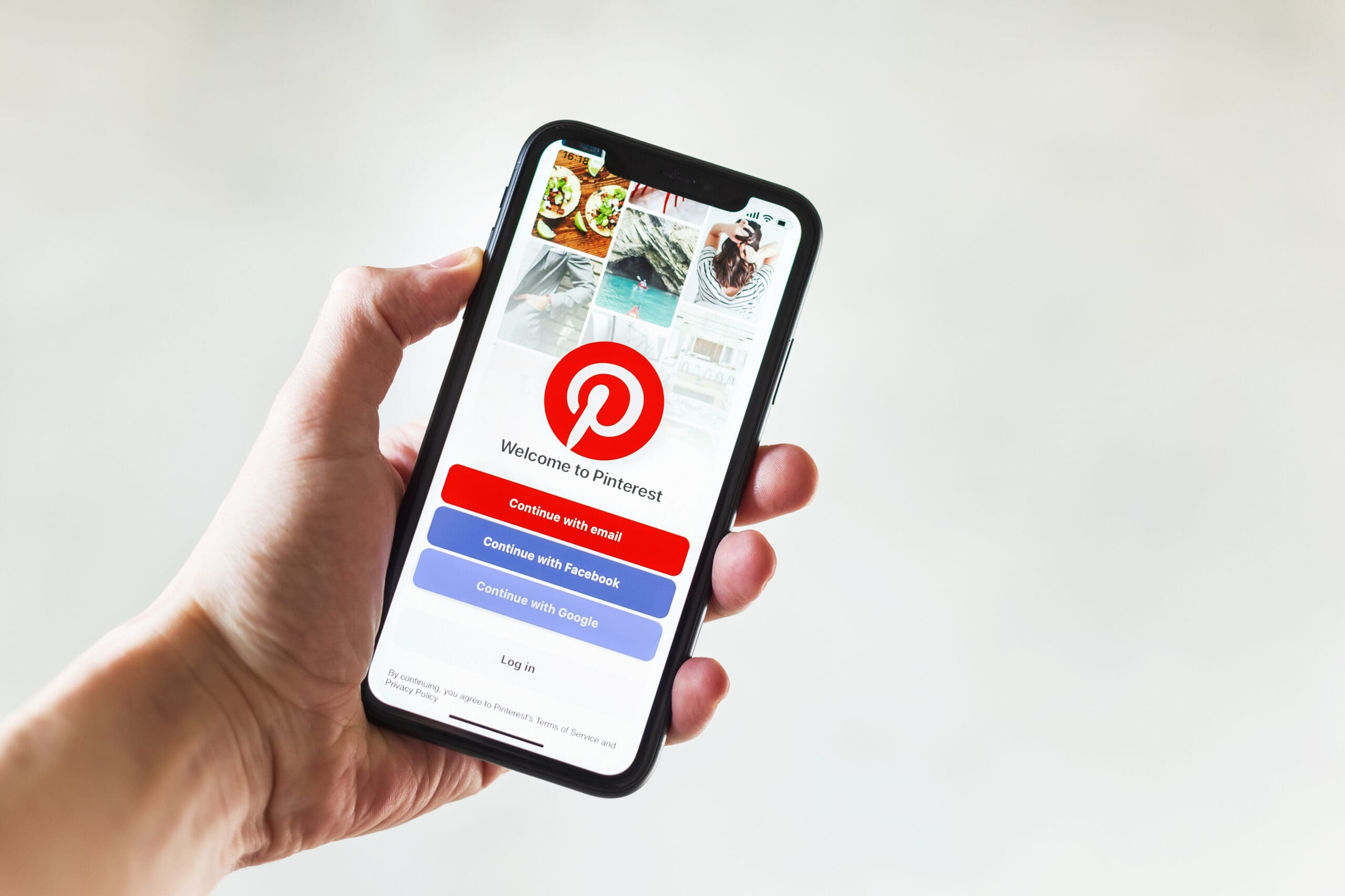How do purchase orders work?
Purchase orders generally operate in good faith. They are a form of credit that the buyer and seller partake in outside of traditional banks and financial institutions. Purchase orders are typically for non-retail transactions between two businesses. When a buyer needs a specific product or service from a supplier or a vendor, they will generate a purchase order in their accounting system. A purchase order should contain the following bits of information.
- Billing address of the buyer
- Delivery address of where the goods need to be delivered
- Product or service being purchased
- SKUs or model numbers of the specific products
- Quantity
- Price per unit
- Any wholesale discount information that applies to the purchase
- Payment terms
Once the purchase order has been generated, it’s then sent to the supplier or vendor via mail or digitally. Once the seller has received the PO, it’s customary for them to reply with an order confirmation that details the following bits of information.
- Date that the goods or services should be delivered
- Confirmation of quantities that will ship and that are currently in stock
- If any backorders will need to be placed, and if so, which products and how many of each
- Payment terms
Once the goods or services have been delivered as promised, the buyer then can pay the seller either upon delivery, or if the buyer and seller have a type of business relationship, the seller may offer terms of net 30, 60, or 90 days.
The main idea of the purchase order is to maintain a paper trail between the seller and buyer that confirms a buyer’s intentions. Also, purchase orders help to maintain the accuracy of inventory and finances, ensure faster delivery of goods and services, and are instrumental to each company’s accounting departments.
Who typically creates the purchase order?
Purchase orders are created by the buyer. If it’s a small to medium-sized company, typically the business owner, operations manager, or financial manager may create purchase orders. In larger companies that make hundreds of large purchases every month, they may have a purchasing department with specialized buyer roles. Part of being a buyer is to negotiate discounts and terms for larger purchases with a seller’s internal sales department.
Types of purchase orders
There are several different types of purchase orders. Some of the most common types of POs include standard, planned, blanket, and contract purchase orders. Here are each of these types of purchase orders in a little more detail.
- Standard PO: A standard purchase order is created when all of the details of the goods and services being purchased are known. A standard purchase order is typically a one-off procurement containing the price, quantity, payment terms, delivery timelines, and location.
- Planned PO: A planned purchase order is more of a long-term agreement between a buyer and seller that commits that the buyer intends to procure the goods or services of the seller only from that specific seller. Planned purchase orders contain all of the same information as a standard purchase order, however, they may also specify how often they would like the order to be duplicated.
- Blanket PO: A blanket purchase order, or blanket purchase agreement, is when the buyer knows the quantities of the goods and services they want to purchase from the seller over a specific period of time, however, they are unsure of when they would like the goods or services to be delivered. Blanket purchase orders are often used by buyers to negotiate discounts and more favorable terms from the seller.
- Contract PO: A contract purchase order is an agreement between buyer and seller that confirms specific terms and conditions, however, a contract PO may not indicate which goods or services are to be purchased and when. Instead, once the contract purchase agreement is in place, the buyer can begin to issue standard purchase orders that contain the agreed-upon terms and conditions.
Purchase order vs. invoice – what is the difference?
A purchase order is a document that outlines a buyer’s intentions of making a purchase. It contains the desired products, quantities, delivery location, and billing information of the buyer. The invoice is the bill that the seller sends once the order has been fulfilled.
How is a purchase order created?
A purchase order can be created through a template or some accounting software may contain a purchase order generation tool. Either way, once a decision has been made that specific quantities of specific goods or services are needed, a purchase order puts that information in writing to notify the seller of the intention. The purchase order can be mailed in paper form or sent electronically through email or through a seller’s order system.
What is the role of purchase orders in inventory?
A purchase order helps to keep a record of specific products and quantities. For example, when a seller receives a purchase order, they know exactly how many of which products are needed to fulfill the order. When the order is being fulfilled, the fulfillment team can accurately pick the correct number of each product and help maintain the accuracy of stock numbers. If the fulfillment team goes to pick an order and they are short on inventory, then it can be noted in the inventory management system to update the stock to account for the missing items, and potentially an investigation will follow.
For the buyer, a purchase order can help when receiving a product. The receiving department of a company typically checks all shipments against a purchase order to make sure that the correct products and quantities were sent by the supplier. If items are missing, they can then notify the seller and the seller can either ship out the missing items or credit the buyer’s account. When the items are received, the buyer then also can enter the quantities and products into their inventory management system to help ensure stock accuracy on their end.
How purchase order financing can help your business
If you’re a seller, you may be able to obtain financing from the value of your pending purchase orders. For example, if you are in need of short-term funding, financing companies can pay you in advance for an anticipated amount based on how much you are estimated to receive based on the value of the purchase order. This can give some short-term cash flow to companies that can use the money to help fulfill orders that they may not be able to fulfill on their own. This can help them purchase supplies, hire staff, and take other steps to produce the goods or services that the buyer is requesting.
In exchange for the upfront funding, the financing company typically takes a certain percentage of the total sale price that can be paid when the buyer pays the invoice for the order.
Closing thoughts
Ensuring order terms are clear and payments are timely are a critical part of buying and selling inventory. As you ramp up sales, you may find that you need inventory funding. In the event that you do, backers will want to see an organized inventory system and healthy financials. Product based businesses that sell physical products or non-perishable consumables and have revenue between $150k to $15mm over the last 12 months can qualify for inventory funding at Kickfurther.
Kickfurther is the world’s first online inventory funding platform that enables small businesses to access funds that they are unable to acquire through traditional sources. We connect brands to a community of backers who help fund inventory on consignment and give brands flexibility to pay that back as they receive cash from sales.
Kickfurther can help startups and small businesses fund millions of dollars of inventory at costs up to 30% lower cost than the competition. With more than $100 million in inventory funded to date, Kickfurther can help you get funded within a day or even minutes to hours.
Interested in getting funded at Kickfurther? Here are 3 easy steps to get started:
#1. Create a free business account
#2. Complete the online application
#3. Review a potential deal with one of our account reps & get funded in minutes
Learn more about purchase order financing.









